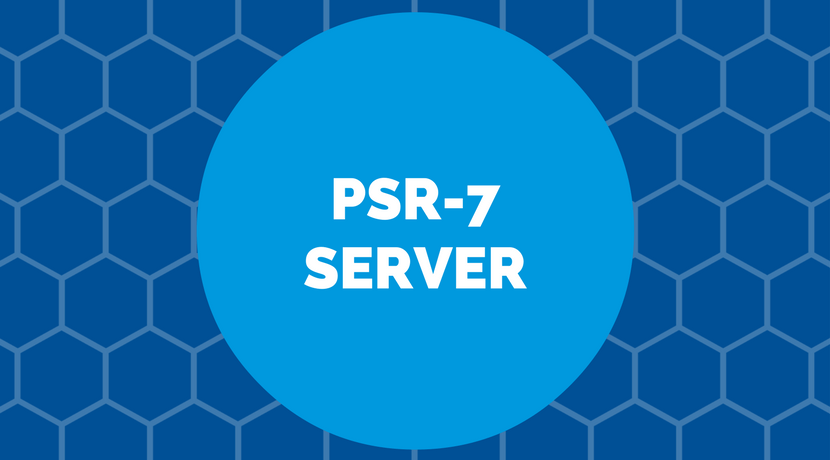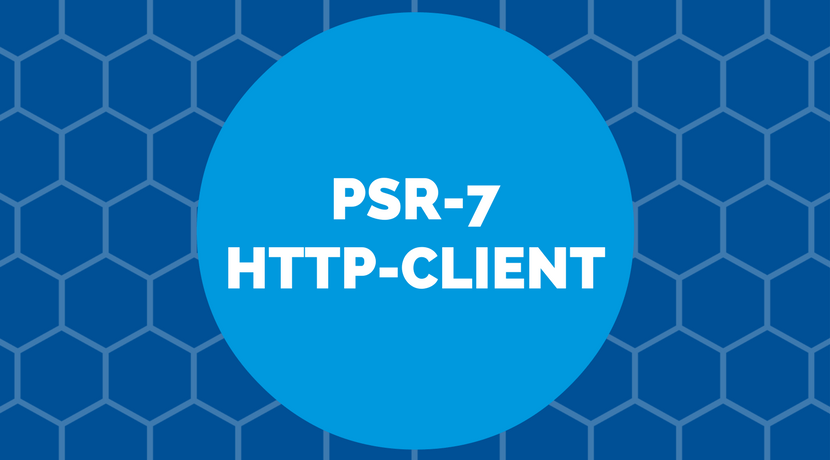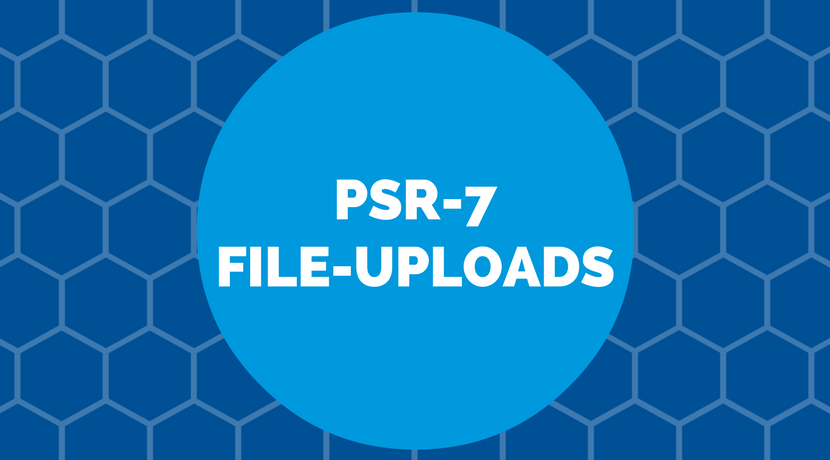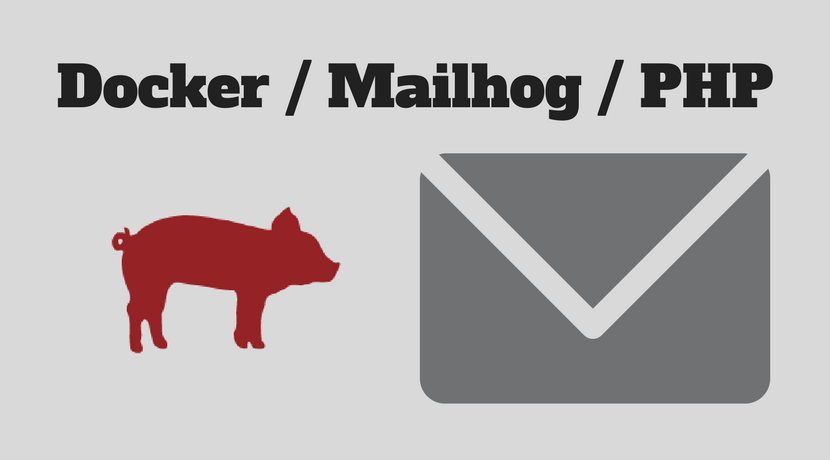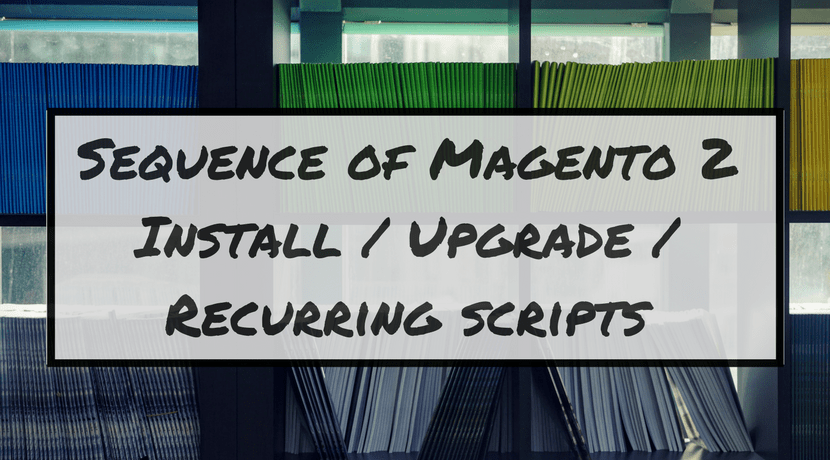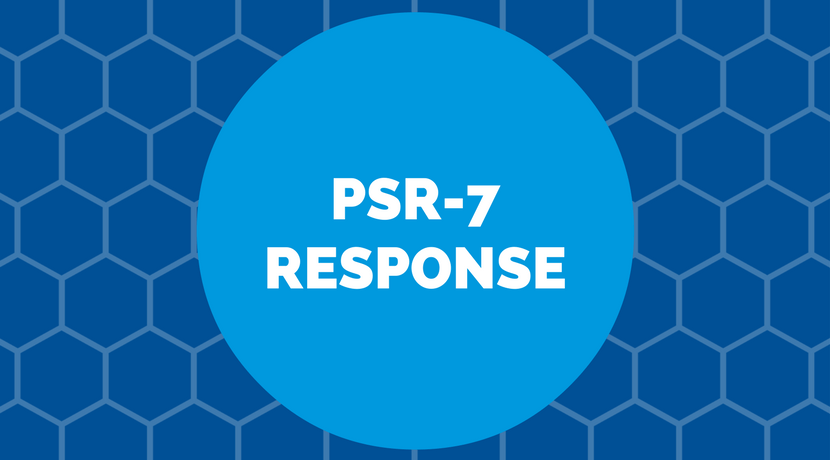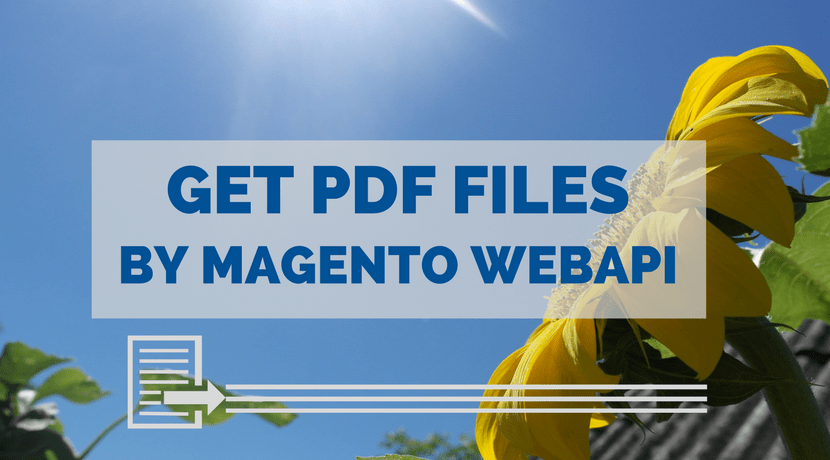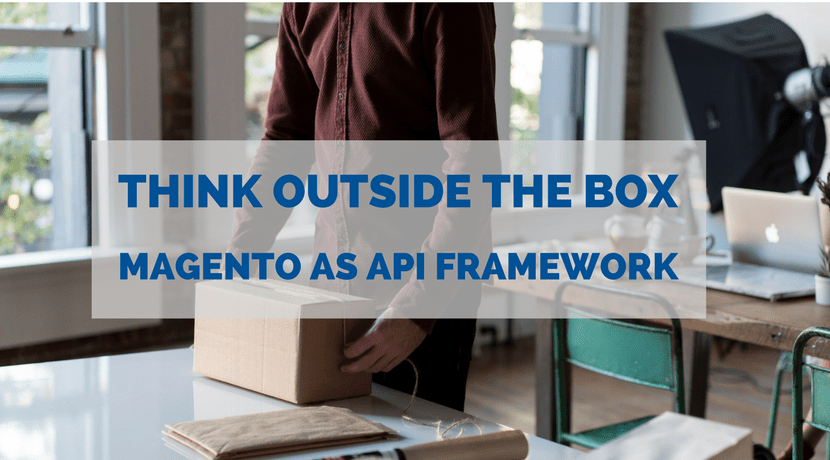PSR-7 Standard – Part 6 – Server Requests
This post is part of series: Part 1: Overview Part 2: Request and URI Part 3: Response Part 4: File Uploads Part 5: HTTP-Client Part 6: Server Request Part 7: Middleware Part 8: Usage in a Magento module In Part 3 we already discovered the RequestInterface which is used on client side. In this part, we have a more detailed look on the server side. The Server Request inherits all methods of the RequestInterface and has 13 additional methods. Six methods are available to…
